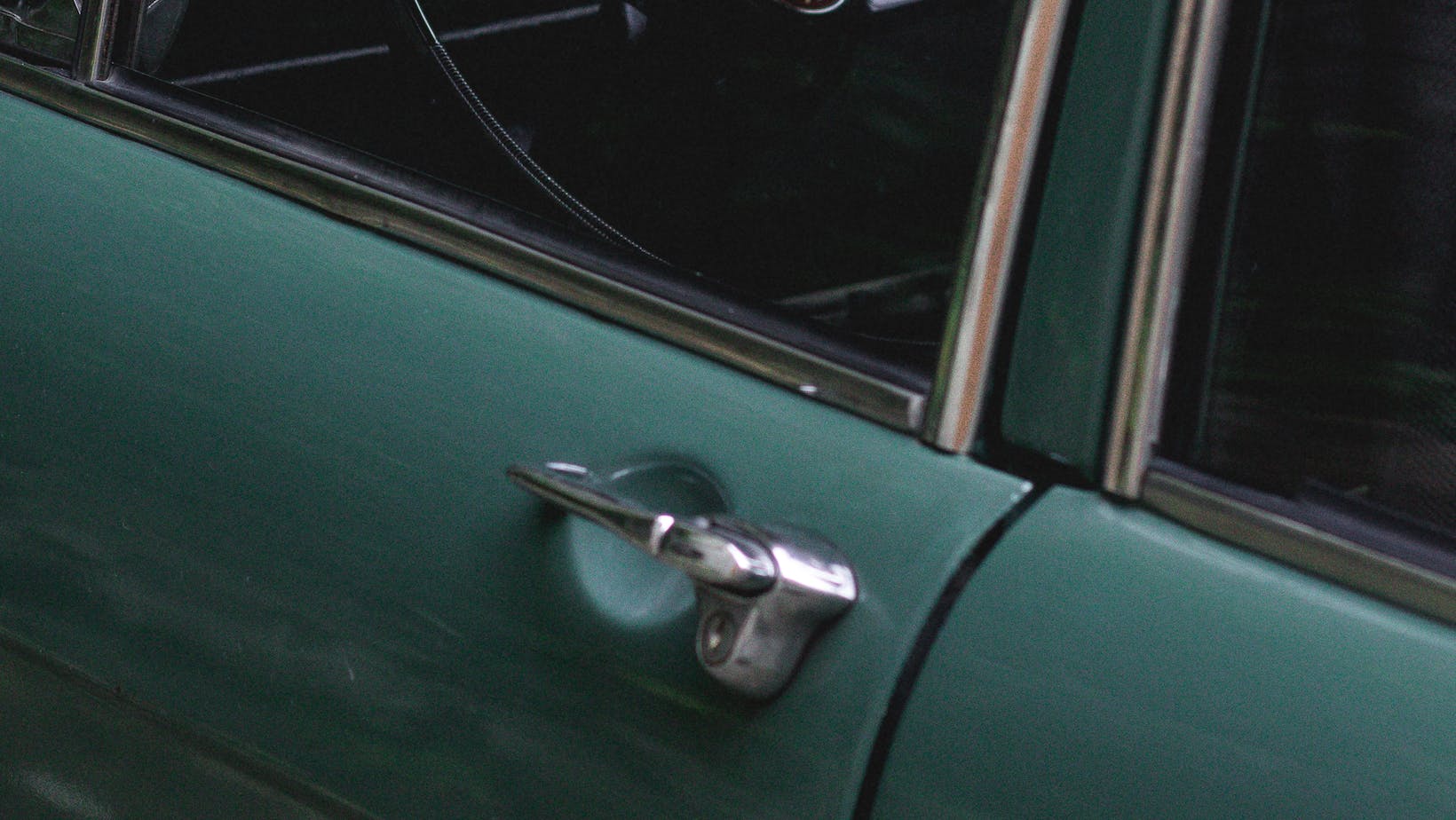
Car Door Latch Repair
If you’ve been struggling with a sticky car door, it’s high time we tackled the issue of car door latch repair. Believe me when I say, there’s nothing more frustrating than a car door that won’t close properly. It’s not only annoying but also poses safety risks while driving.
Now, before we dive into the nitty-gritty of fixing this pesky problem, let’s take a moment to understand what exactly we’re dealing with here. Essentially, a car door latch is the mechanism responsible for keeping your vehicle’s doors securely shut. Over time and with regular usage, these latches can wear out or get jammed with dirt and grime.
So what do you do when you find yourself in such an unfortunate situation? Well, that’s where I come in. As someone who has dealt with many a stubborn car door latch in my day, I’ll be walking you through some simple yet effective techniques to fix this common vehicular vexation. So buckle up! We’re about to embark on a journey towards smoother (and safer) rides!
Understanding Your Car Door Latch
Let’s dive into the world of car door latches. It may not be a flashy topic, but trust me, it’s one that can save you a lot of hassle down the road. A car door latch is more than just a metal piece; it’s a crucial component ensuring your safety and security while driving.
First off, what exactly is a car door latch? To put it simply, it’s the mechanism that keeps your car doors securely shut when they’re closed and allows them to open when you need to get in or out of your vehicle. It works in tandem with the door handle and lock to provide this function.
The typical car door latch consists of several components:
- The Latch Bolt: This part is responsible for keeping the door closed by fitting into a corresponding hole on the body of your vehicle.
- The Fork Bolt: It secures the latch bolt in its place.
- The Control Lever: It controls the movement of both bolts.
- The Rebound Spring: This ensures that all parts return to their ‘resting’ state after each use.
Now that we’ve got some basics down let’s talk about why understanding your car door latch matters. First and foremost, should there be an issue with your latch – say it gets jammed or broken – you risk being unable to open or properly close your car doors which poses significant safety risks. Moreover, if left unchecked over time, these problems could lead to further damage requiring costly repairs.
Understanding how this simple yet intricate piece functions can help you identify potential issues early on before they escalate into serious problems. So next time you casually swing open your ride’s door without giving it a second thought remember there’s quite a bit going on beneath the surface! Stay tuned as we delve deeper into specific issues surrounding car door latches and tips on how to fix them in our upcoming sections.

Common Issues with Car Door Latches
I’m sure we’ve all faced car door latch problems at some point. It’s frustrating, isn’t it? Today, I’ll be walking you through some common issues you might experience with these pesky latches.
One of the most common issues is a stuck or jammed door latch. This can happen due to rust or dirt buildup inside the mechanism. It’s like having a pebble in your shoe; even the smallest bit of debris can cause discomfort—or in this case—a non-functioning door latch.
The next issue on our list is a faulty mechanism within the latch itself. Over time, parts wear out and may stop working correctly. If your car door won’t stay closed or opens unexpectedly while driving (yikes!), chances are there’s something wrong with the internal components of your latch.Another problem? A broken handle connecting to the latch. This issue often goes unnoticed until one day when you pull on your car door handle… and nothing happens! The linkage between your handle and the latch has likely snapped or become disconnected somewhere along its path.
Let’s not forget about lock cylinder failures either. If turning your key feels more like wrestling an alligator than opening a car door, then you’re probably dealing with a worn-out lock cylinder.
Finally, we have alignment issues to consider as well. Your car doors are designed to fit snugly into their frames—if they don’t align properly, closing them could become quite challenging!
These are just a few examples of what can go wrong with car door latches:
- Stuck or jammed latches
- Faulty internal mechanisms
- Broken handles
- Lock cylinder failures
- Alignment issues
You see—it’s not always as simple as “open sesame”. But fret not; many of these problems can be fixed without too much hassle once identified correctly!






































